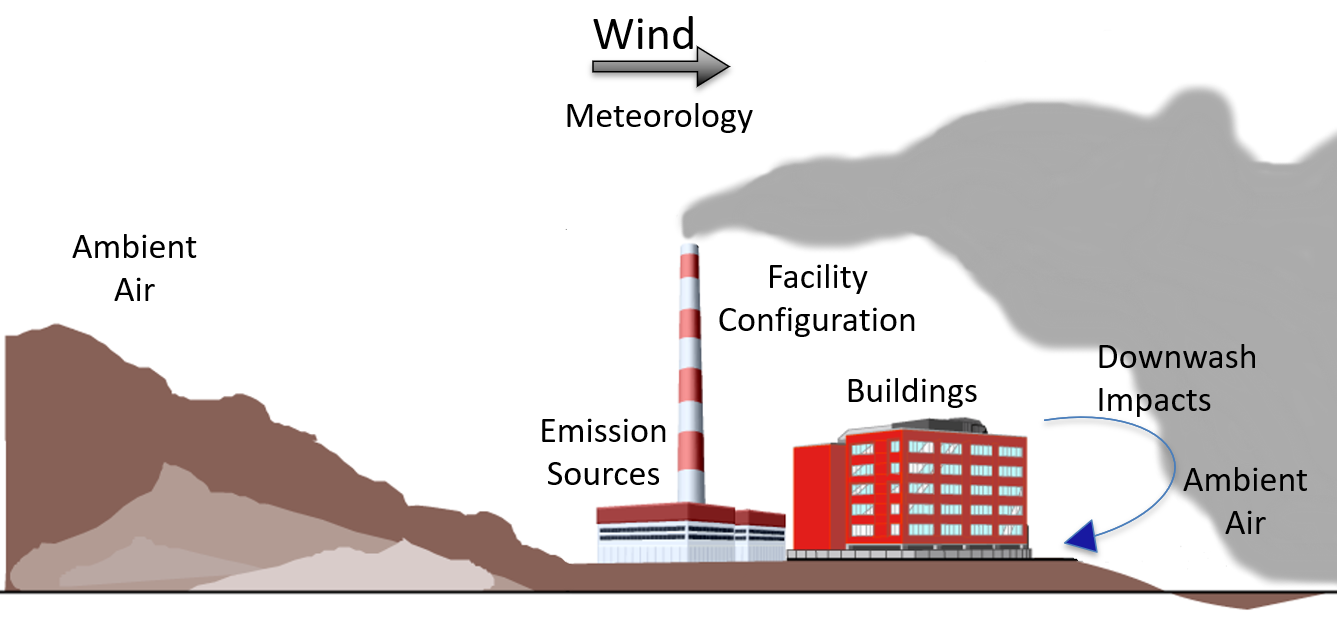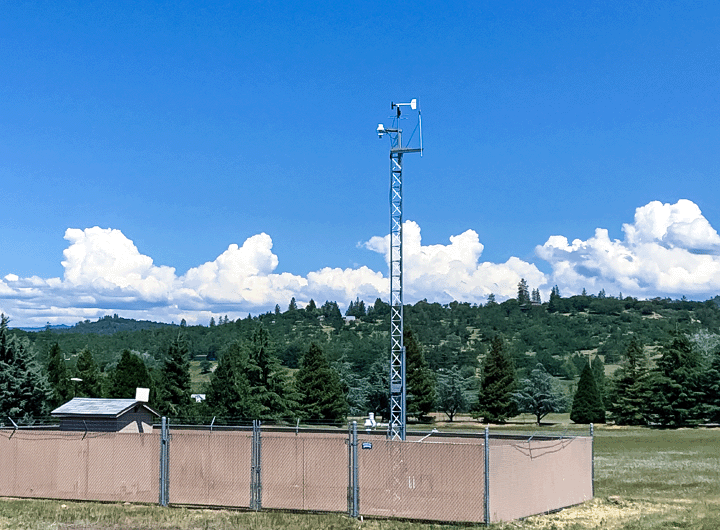Thought Leadership
DEQ Issues New Air Quality Requirements for Facilities

There’s a new modeling requirement in Oregon not found in the Oregon Administrative Rules or permitting guidance?
Yes!
On September 1, 2021, the Oregon Department of Environmental Quality (DEQ) issued an internal management directive requiring demonstrations of compliance with short-term National Ambient Air Quality Standards (NAAQS), namely the one-hour NO2 and SO2 standard and the 24-hour PM2.5 standard.
Initially this new requirement will affect facilities seeking a new Simple or Standard Air Contaminant Discharge Permit. However, it will also affect existing facilities that trigger major or state New Source Review and may impact those facilities that are called into the Cleaner Air Oregon (air toxics) program.
The DEQ is working on guidance that will eventually trigger this requirement for all permitted sources in Oregon, both new and existing. More information on the new short-term NAAQS policy can be found at: https://www.oregon.gov/deq/aq/aqPermits/Pages/NAAQS-Requirements.aspx.
Why is DEQ requiring new short-term NAAQS compliance for NO2, SO2, and PM2?
Oregon’s air permitting program has long been built around Plant Site Emission Limits (PSELs), which are annual limits on a facility’s emissions. In the intervening years since Oregon’s permitting program was established, short-term NAAQS have been developed for NO2, SO2 and PM2.5.
The DEQ has recently discovered that some facility PSELs are not protective of these short-term standards. Now facilities will need to prove that their emissions do not cause or contribute to a violation of the short-term NAAQS. All of this is relatively new and the DEQ is working on developing emission thresholds that might exempt some sources.

What should my facility be doing now?
For many facilities this will feel like a solution in search of a problem, one that will cost a fair amount of money just to demonstrate there is no issue. That’s extremely frustrating.
However, for some sources that are already built and don’t have a lot of options for reducing emissions, the results of short-term modeling may highlight issues with the NAAQS that were never known. The improvements needed at the facility level may include emission controls or process changes that are expensive and will take time to implement.
If that’s a concern for your facility, it may be worth conducting some dispersion modeling to evaluate compliance with the NAAQS before the DEQ requests it. While setting up a model is not inexpensive, the computer model of your facility can be used now and when the DEQ requires it. It’s not an expense incurred twice.
If you have any questions about the new DEQ policy or what’s involved in demonstrating compliance, please feel free to contact Chad Darby at cdarby@maulfoster.com or 503.523.7142.



